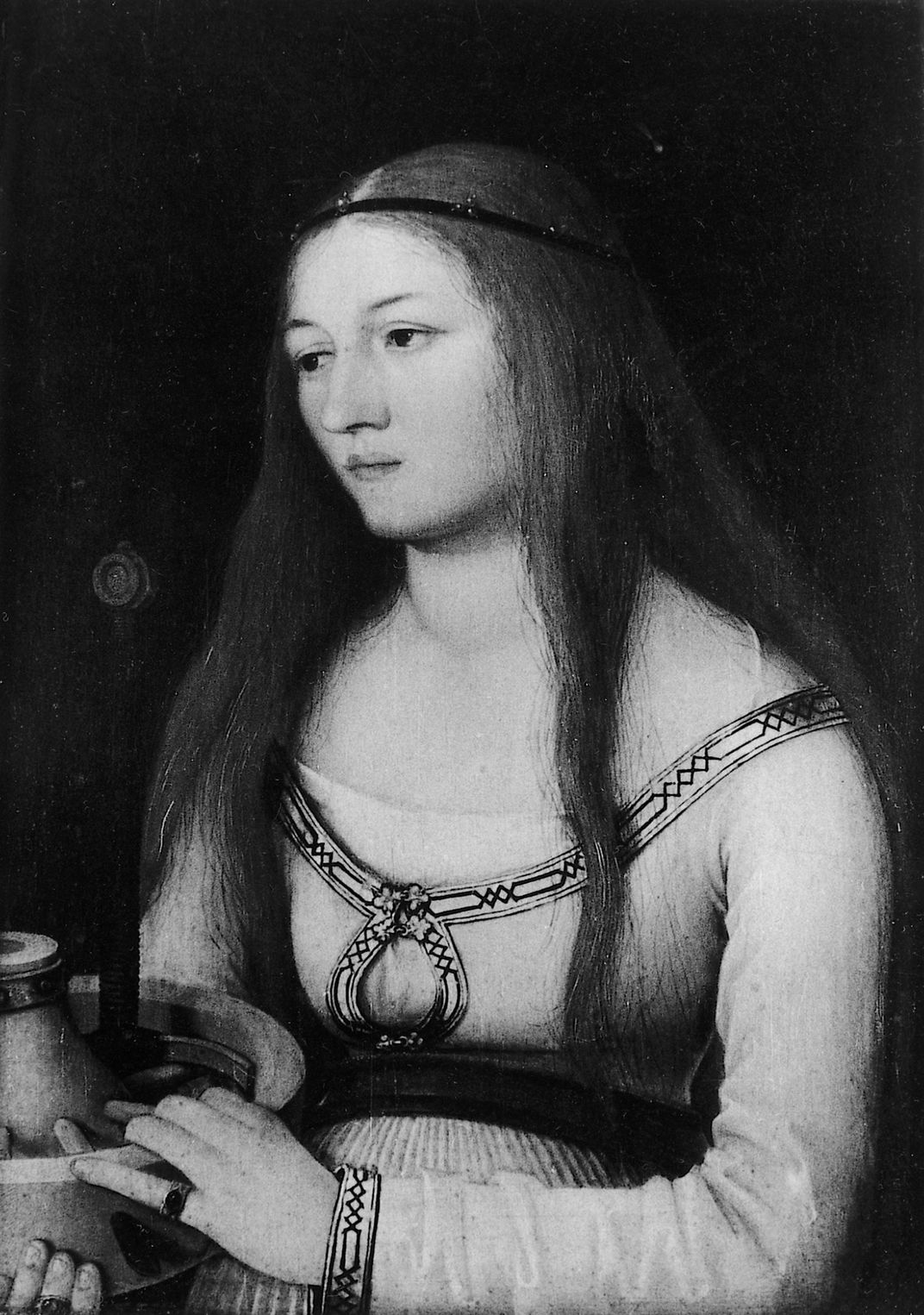Five Old Master Paintings Recovered 40 Years After German Heist
Authorities suspect the artworks were smuggled into West Germany during the 1980s
:focal(477x346:478x347)/https://tf-cmsv2-smithsonianmag-media.s3.amazonaws.com/filer/d8/26/d82607f7-9eb9-49a6-b07b-ab9a975e5aad/1431939.png)
On December 14, 1979, a daring art heist left East Germany stunned. Early that morning in the city of Gotha, thieves equipped with climbing spurs and a lightning rod scaled the Castle Museum’s 33-foot wall, breaking in through a window and swiping five Old Master paintings. More than 40 years later, reports Konstantin von Hammerstein for Der Spiegel, the missing masterpieces have finally been recovered.
When East Germany’s notorious police force, the Volkspolizei, first pursued the case, investigators found the base of the lightning rod and fragments of picture frames along the burglars’ escape route. Per a 1980 case report cited by Der Spiegel, the police interrogated more than 1,000 people who lived and worked near the scene of the crime, in addition to monitoring some 250 individuals with connections to the Castle Museum. But the case soon went cold.
All that remained of the 16th- and 17th-century artworks were five black-and-white copies—at least until June 2018, when Gotha’s mayor, Knut Kreuch, met with a lawyer known for bringing troublingly-sourced art back into legal circulation. The lawyer, acting on behalf of anonymous sellers, showed Kreuch five color photographs of the lost paintings.
Months of careful negotiation followed. Kreuch convinced the lawyer and those he represented to bring the paintings to the research laboratory of the National Museum in Berlin for analysis aimed at confirming their authenticity. What the sellers, who initially wanted €5.25 million euros (about $5.8 million) for the trove, didn’t know was that when the paintings were delivered in September 2019, the police were watching, too.
Upon arriving at the laboratory, a van driver unloaded five bubble-wrapped packages. Inside were a portrait of St. Catherine by Hans Holbein the Elder, a portrait of a mustachioed man by Frans Hals, a country landscape by the studio of Jan Brueghel the Elder, a portrait of an old man by Ferdinand Bol and a copy of a self-portrait by Anthony van Dyck.

Experts unveiled the paintings—and the tale of their recovery—last week after confirming their authenticity. The works’ owners received no financial compensation for the cache’s return.
“We do not give money to thieves,” said Martin Hoernes, an art historian at the Ernst von Siemens Art Foundation who aided Kreuch in the affair, at a press conference, as quoted by the Art Newspaper’s Catherine Hickley. “But there is a grey zone encompassing war losses, for instance. In some such cases we pay a ‘finder’s reward,’ which is not equivalent to the market price.”
The paintings’ recovery cost about €50,000 ($55,000) in legal fees; the foundation, which regularly sponsors museum acquisitions, covered this amount in full.
In lieu of the paintings’ return, authorities have revived their criminal investigation into the heist.
Although an undercover officer pressed the van’s driver for an explanation once the paintings were safely in the museum’s possession, his answer—that the paintings were inherited three years earlier from a father who received them as payment for helping someone escape East Germany—left investigators unsatisfied. When the police checked his story against the facts, a number of lies surfaced, including the fact that the man’s father had actually died only 18 months earlier.
Per Süddeutsche Zeitung’s Kito Nedo, authorities have released limited information on the investigation, stating only that private individuals smuggled the paintings into West Germany during the 1980s. The mysterious sellers represented by the lawyer remain unidentified, though the Art Newspaper reports that they are known to be German residents.
Kreuch’s careful negotiation was a “diplomatic masterstroke,” said lawyer Friederike von Brühl, who also advised the mayor, during the press conference.
Throughout the correspondence, Kreuch had to be careful not to lose contact with the lawyer, and any chance of recovering the paintings along with it.
The five canvases will be displayed in Gotha until January 26, after which they will be restored in advance of a planned Berlin exhibition on the heist.